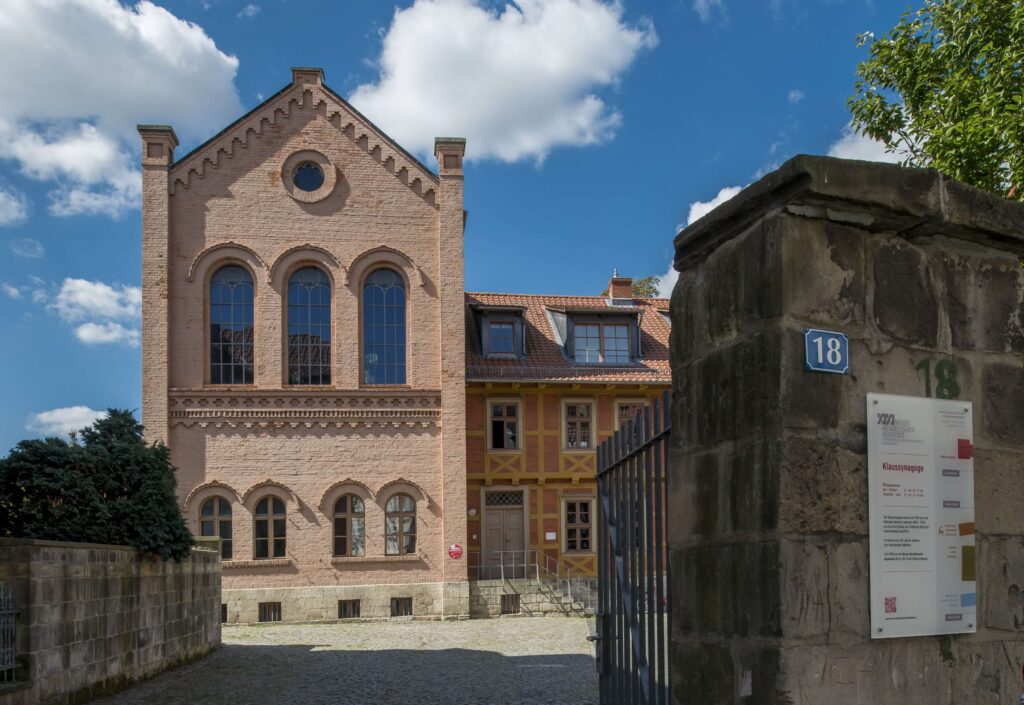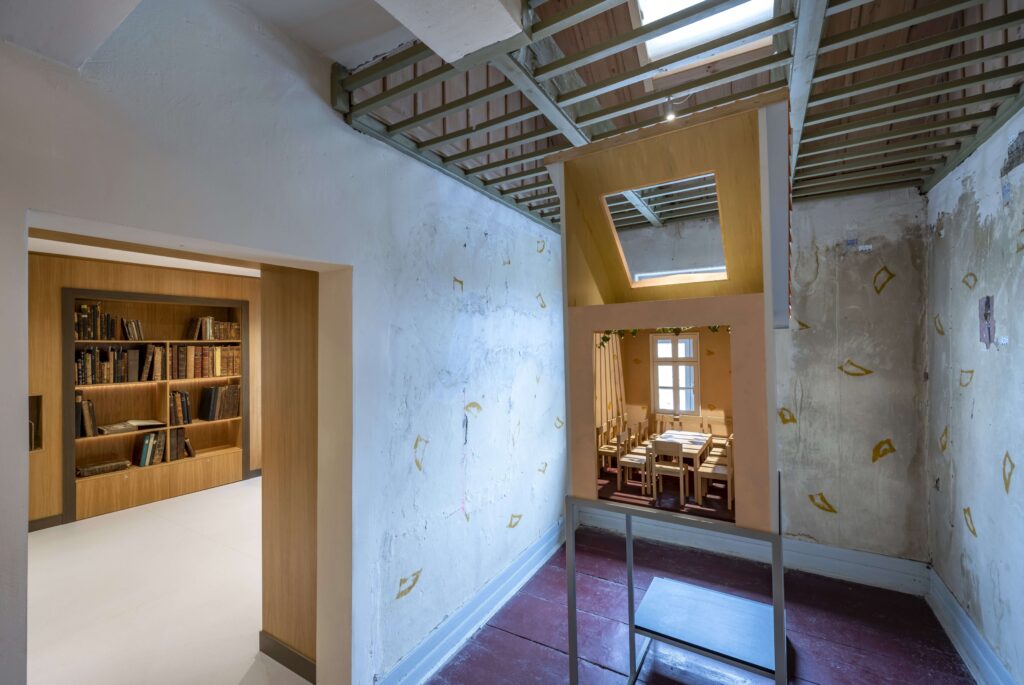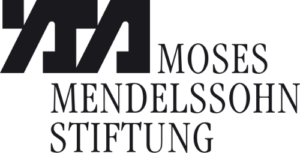The museum
The Berend Lehmann Museum | Jewish History and Culture has two locations:
the Klaus in Rosenwinkel 18 and the Mikwenhaus (community ritual bath) in Judenstr. 25/26. Both buildings are part of the former Jewish center below the Cathedral Square
In addition to the buildings mentioned above, the ensemble includes the Kantorhaus, Bakenstr. 56 and the site of the destroyed Baroque synagogue behind it.
The building ensemble is the property of the Moses Mendelssohn Academy Foundation Halberstadt.

Mikveh House
In the immediate vicinity of the site of the destroyed Baroque synagogue is the Mikveh House (community ritual bath). The mikvah in the half-timbered house from the 17th century there is since the 18th century home. Despite its dismantling in the 1950s, the ritual immersion pool has been preserved and forms the core of the museum.
In the Mikwenhaus, the Berend Lehmann Museum displays a large part of its permanent exhibition – Kosher, Klaus & Copper.
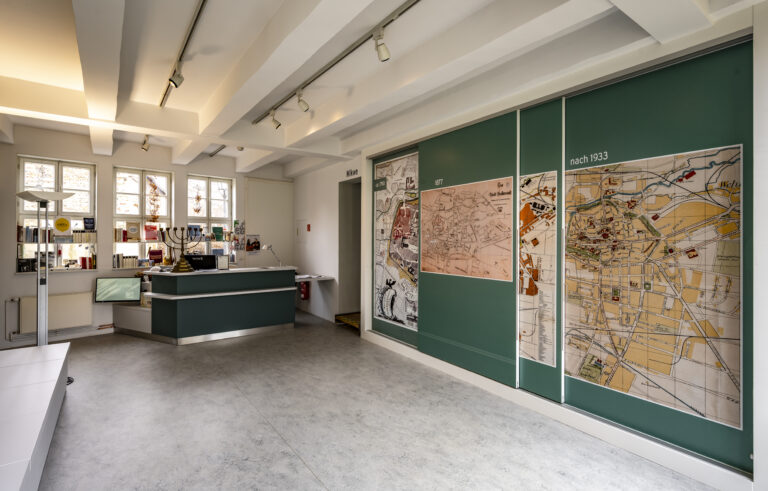
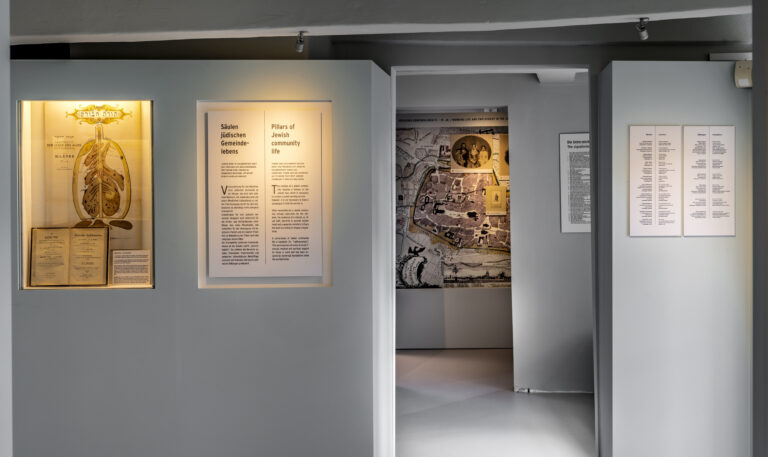

DenkOrt
“And the living take this to heart…” (Kohelet 7:2)
Since 2008 the Landart – object of the artist and botanist Olaf Wegewitz reminds of the destroyed Halberstadt baroque synagogue.
Inaugurated in 1712, it offered Halberstadt’s Jews space for worship until November 9, 1938. On the night of the pogrom, the synagogue is desecrated. It is not set on fire because it is surrounded by half-timbered houses. From November 19, 1938, the professional demolition of the building took place on the basis of an order of the mayor. The Jewish community will have to finance the demolition. To this day, it has not been clarified what happened to the elaborate furnishings of the synagogue and the congregation’s more than seventy Torah scrolls.
Artist Olaf Wegewitz allows nature to take over in the austere frame that emulates the baroque building.
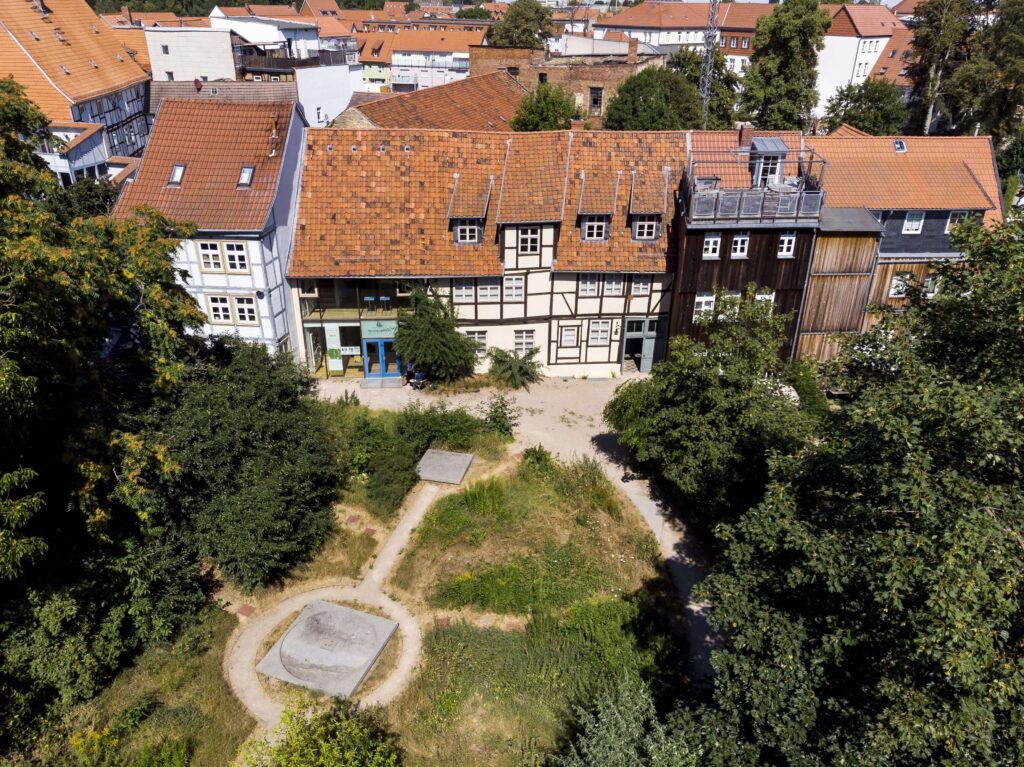

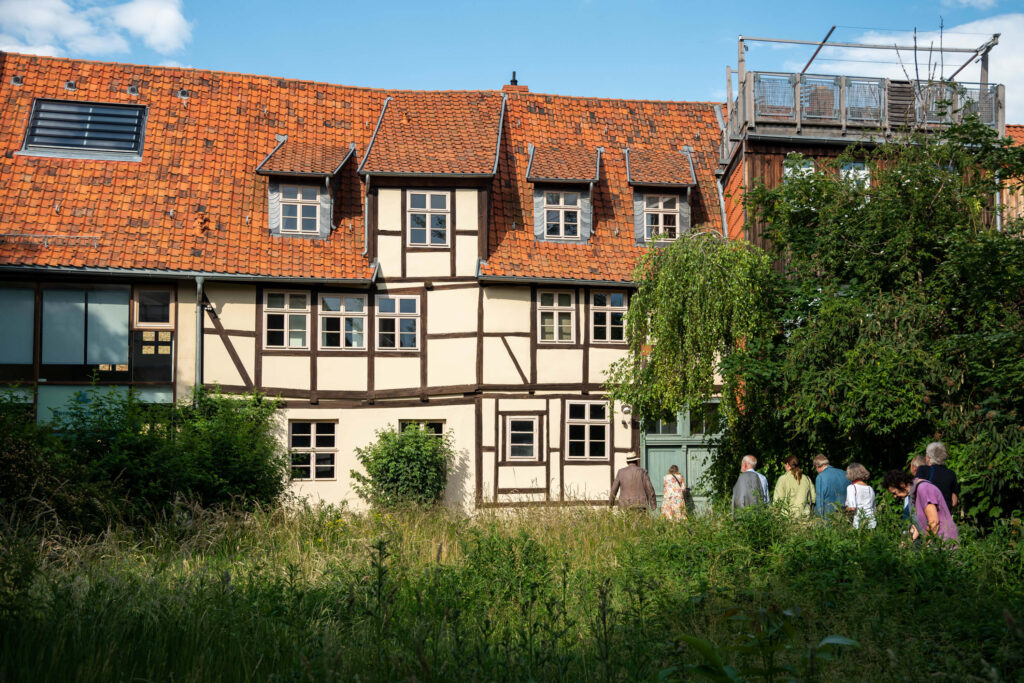
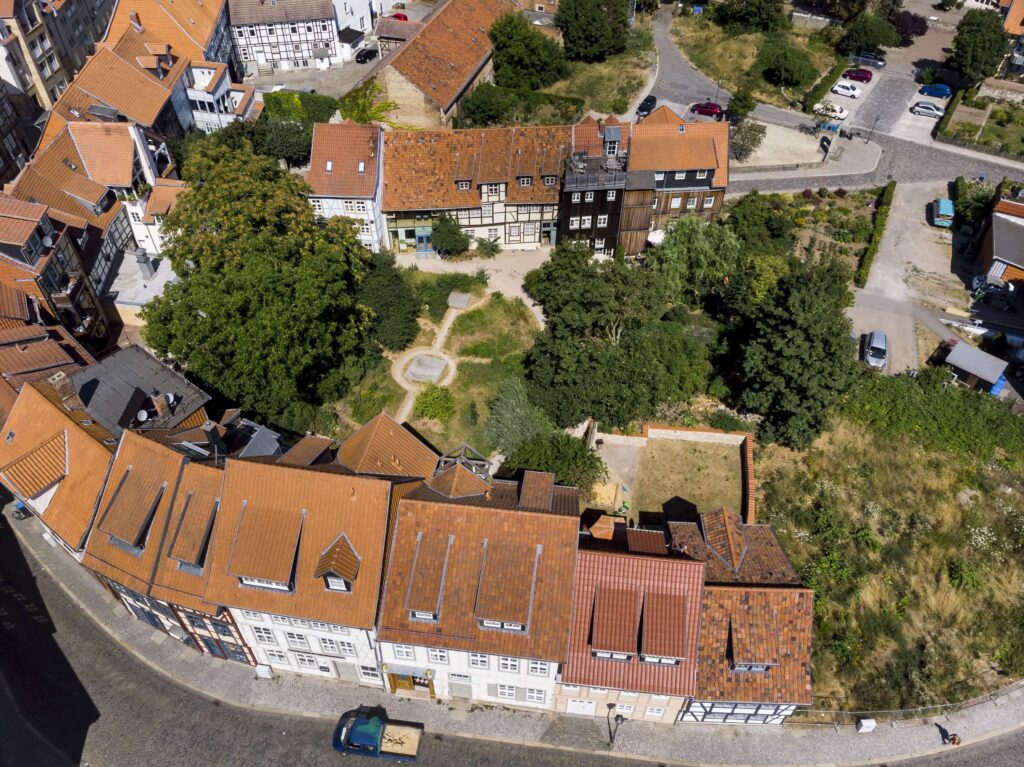
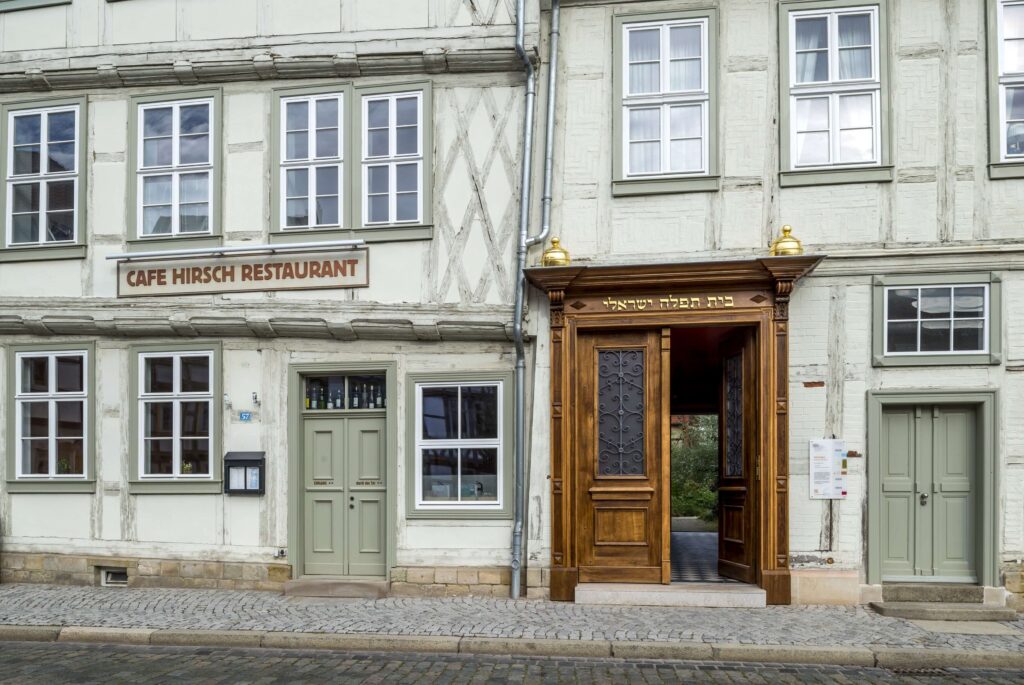
Cantor House - Café | Restaurant Hirsch
The gateway of the cantor’s house has been the main representative entrance to the Baroque synagogue since 1879. The reconstruction of the imposing wooden gate and spolia of the original ceiling stucco remind us of this.
Today, the Moses Mendelssohn Academy Foundation operates the Café | Restaurant Hirsch on the first floor of the Kantorhaus, which offers the diversity of Jewish cuisine.
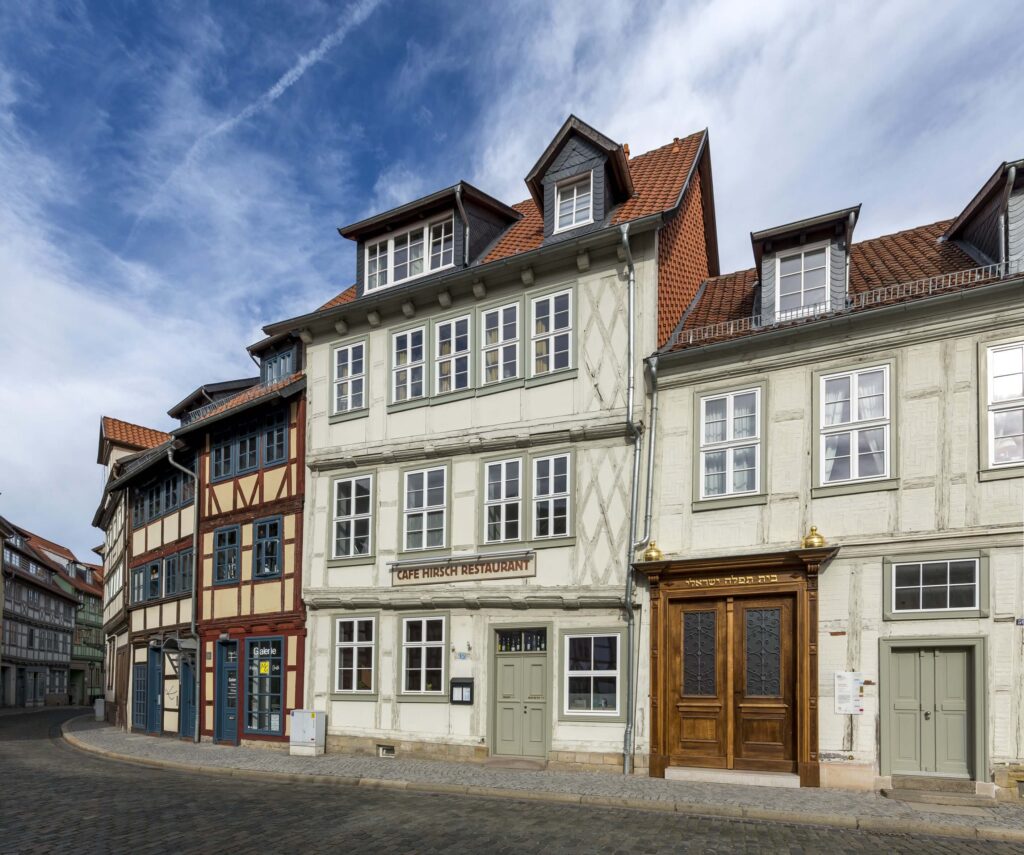


The Klaus
The Klaus was built around 1700 as a Jewish teaching house with a synagogue. The founder is Berend Lehmann. Here, “in perpetuity,” eminent rabbis are to study, teach, and debate. There are apartments and a large garden for the scholars and their families.
The simple half-timbered building of the time of origin was extended in 1857 by a towering brick building, with a “teacher’s apartment” on the first floor and a synagogue room on the second floor over two floors. The Klaus exists with the function assigned to it by Berend Lehmann until 1938.
Today, the Klaus houses the premises of the Moses Mendelssohn Academy and part of the permanent exhibition “Kosher, Klaus & Copper” of the Berend Lehmann Museum.
